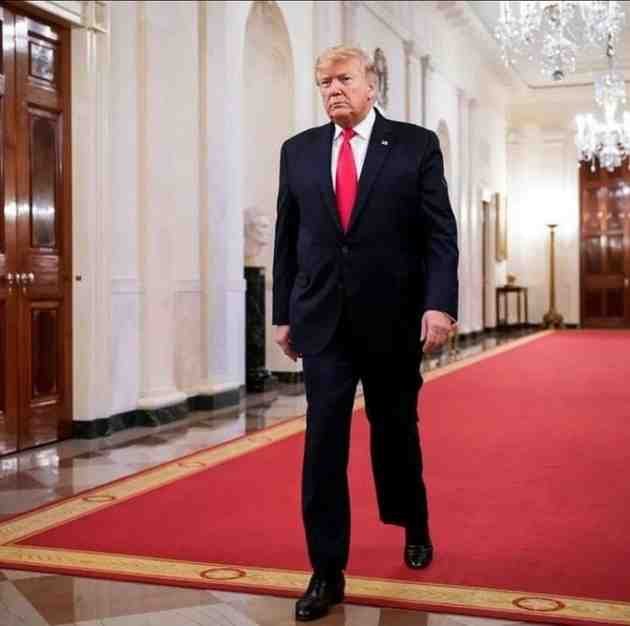Trump’s Tariffs on India Now in Effect as Trade Policy Escalates
August 7 – A new chapter in U.S.-India trade relations has officially begun as President Donald Trump’s first round of reciprocal tariffs on Indian imports went into effect at midnight. The 25% duties, which were announced just last week, are part of a broader effort by the Trump administration to address what it calls unfair trade practices and boost domestic manufacturing.
Celebrating the implementation, Trump posted enthusiastically on his platform Truth Social:
“It’s midnight!! Billions of dollars in tariffs are now flowing into the United States of America!”
This is the latest in a sweeping series of executive orders Trump signed last week, targeting approximately 70 countries with new tariffs ranging from 10% to as high as 100% for certain sectors. Countries like Laos, Myanmar, and Syria are among those facing some of the steepest hikes, while India has become one of the primary targets of this trade policy pivot.
India Targeted for “High Tariffs” and Russian Ties
Trump’s administration cited several reasons for singling out India in this round of tariff impositions. These include what he referred to as “far too high” tariffs and trade barriers imposed by India on American goods, as well as India’s ongoing defense and energy cooperation with Russia.
Calling India’s trade practices unfair, Trump justified the penalties by stating that nations “that have taken advantage of the U.S. for years” must now pay their share.
“The only thing that can stop America’s greatness would be a radical left court that wants to see our country fail!” he added in a separate post, defending his aggressive tariff push.
Additional 25% Tariff on India Set for August 27
The 25% tariff implemented today is just the first step in what appears to be a two-stage escalation. Trump has already announced a second 25% tariff on Indian imports, bringing the total to 50%, which is scheduled to take effect on August 27.
This doubling down is expected to significantly impact bilateral trade, especially in sectors like textiles, pharmaceuticals, steel, and auto parts, which form a substantial part of India’s exports to the U.S.
While the Indian government has not yet issued a formal response, trade analysts expect retaliatory measures could be on the horizon. New Delhi has previously responded to American tariffs with targeted duties of its own, and a similar approach may now be under consideration.
Broad Global Tariff Moves Raise Economic Concerns
India is just one of many countries now dealing with Trump’s renewed tariff strategy. As part of his larger push to reduce U.S. dependence on foreign manufacturing and revive American industry, Trump also announced 100% tariffs on semiconductors, except for companies already producing or planning to produce in the U.S.
According to Bloomberg Economics, the newly imposed tariffs are expected to raise the average U.S. tariff rate to 15.2%, the highest since World War II. By contrast, the average rate stood at just 2.3% in 2024, highlighting the scale of the shift.
Critics argue that these tariffs could backfire by increasing costs for American consumers, straining diplomatic ties, and sparking a new wave of trade wars. However, Trump and his supporters claim the policy will bring back jobs, rebuild manufacturing capacity, and protect U.S. industries from unfair foreign competition.
What Lies Ahead
The next few weeks are likely to test both economic resilience and diplomatic tact. With more tariffs on the horizon and potential retaliation from key trading partners, businesses on both sides of the Pacific are preparing for supply chain disruptions, cost increases, and shifting export-import dynamics.
As August 27 approaches and the second round of tariffs on India nears, all eyes will be on India’s response, the market impact, and whether the U.S. administration intends to pursue further escalations.
This latest development makes clear that the Trump administration is doubling down on its “America First” economic agenda, even if it means shaking up long-standing trade partnerships.








